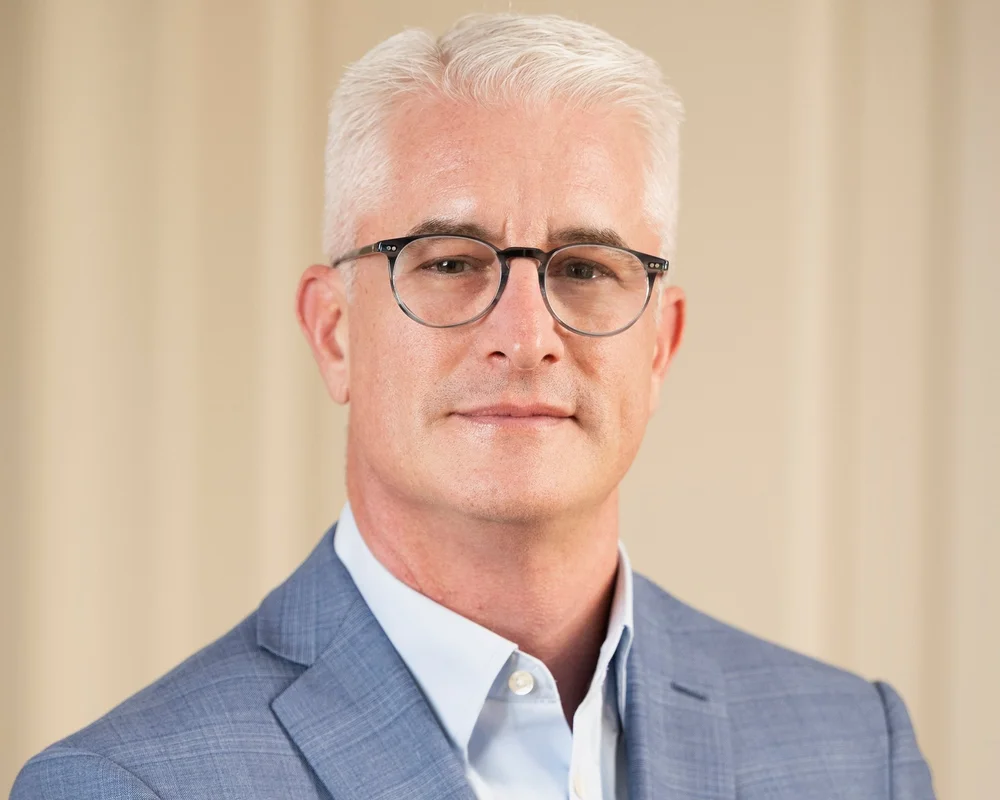 The cloud services market is a wide open playing field right now, and there are many folks out there trying to establish new business models that can take best advantage of the new capabilities. PeakColo has been at it for a while already, taking a unique streamlined, wholesale approach that leverages the channel almost exclusively. Just yesterday they raised another $5M to further their expansion plan. Here to tell us more about their plans is the company’s CEO Luke Norris.
The cloud services market is a wide open playing field right now, and there are many folks out there trying to establish new business models that can take best advantage of the new capabilities. PeakColo has been at it for a while already, taking a unique streamlined, wholesale approach that leverages the channel almost exclusively. Just yesterday they raised another $5M to further their expansion plan. Here to tell us more about their plans is the company’s CEO Luke Norris.
TR: How does PeakColo differentiate itself from the field of cloud services companies?
LN: Our differentiator is that we’re a 100% channel focused cloud company, and we’ve been that way since 2011. 100% of our business goes through the agent community or the value added reseller community as a white label. The VAR then moves from more than a box pusher to more of a cloud service provider utilizing us as the engine and becoming a unique delivery mechanism. Whether it’s disaster recovery, replication services, high availability computing, etc, they can build that on top of our infrastructure-as-a-service offering allowing them to augment their services or to make the transition to become a cloud provider.
TR: How does focusing only on the channel give you an advantage? Why not go for the larger revenue opportunity of both direct and indirect sales?
LN: If you have a direct business and a channel business, I don’t believe you can truly provide the focus that’s needed to be a white label provider. Our support mechanisms, our methods, our procedures, our NOC, everything is set up to manage and support properly a white label environment. Our sales staff is in a non-competitive standpoint, where they’re out there to generate leads for the white labels to sell. I haven’t found anybody that can have a direct model that doesn’t conflict with the white label model, and when they try the channel is usually a bastard child of the direct business. I think it makes a compelling business opportunity for us.
TR: What technology is your infrastructure built from?
LN: Right now we stay purely as an infrastructure services provider. Our patents, intellectual property, and delivery mechanisms are all around standing up the physical infrastructure. We have two separate compute platforms, an open compute with a low price point and a Cisco UCS. All the storage on the back end is NetApp, and we use a Brocade switching fabric. What we will do is co-manage hypervisors. Right now we’ll co-manage and license and be the tier 2/3 support for VMware’s hypervisors, and we’re looking at adding CloudStack and possibly MicroSoft’s HyperVM2012 in the next 2-3 months.
TR: So your partners actually build and manage the higher level services they deliver off of that infrastructure for their enterprise customers?
LN: Correct. For example, we have VARs that specialize in Desktop-as-a-Service. They help their customers launch virtual desktops from our infrastructure. These VARS have traditionally worked as trusted advisors and consultants for enterprises. They know the applications, but they understand that they need to become more system architects than just physical technology integrators.
TR: How else are you enabling the channel for a cloud services model?
LN: One thing we’re quite proud of is our ability to get our vendors (NetApp, Cisco, VMware) to make sure the channel is made whole. For example, when a VAR sells a cloud service that lands on our NetApp storage, that value-added reseller gets their mutual marketing discretionary funds, their tier status, and everything else made whole. What that does is allow a natural progression to keep both sides of the VAR’s business whole, as they’re migrating to the cloud they’re not killing the reselling side of their business.
TR: What sort of partners are you getting traction with and why?
LN: We started our business model focused on the data center operator. Whenever we enter a market we start with a data center partnership. We’ll find a data center that will white-label our services for 2-3 years exclusively, which allows us to launch our offering in a non-competitive platform. Secondarily, we go to distributors, MSPs, VARs and system integrators in that region and actually recruit them as a white-label back into the data center. So these system integrators will typically white-label our cloud out of that node but will also get some floor footprint from the data center to mix and match with our cloud services. So it builds a great ecosystem. Although the data center operators are the starting footprint, they’re typically less than 5% of our total market overall. The main traction is with the system integrators.
TR: Seems like your business model is maturing, how is the cloud services sector as a whole taking shape?
LN: I think we’ve matured what will be an emerging business model. But I think cloud in general is an incredibly young market. The amount of actual revenue there so far is just the tip of the iceberg.
TR: Geographically, are you in all the markets you want to be right now or are you planning to expand your footprint from here?
LN: Nowhere close. We have six markets now, and our goal is to be in every NFL city in the 2015 range.
TR: I see you have a node in London, where else might you expand to internationally?
LN: Canada is probably the next natural progression. A large reason we’re in London and might look at Canada is all the different safe harbor regulations and keeping the data away from the Patriot Act. What we’re finding is that international footprint companies that are looking at moving to cloud services, they have to get around certain adoption issues like these.
TR: Do you foresee M&A opportunities for expansion, or are your plans mainly organic?
LN: We currently just have a base organic plan. Last year we tested three market rollouts, and they’ve gone fairly well. We continue to refine our ability to move into new markets faster and faster, and will probably do another 3-4 markets later this year.
TR: Thank you for talking with Telecom Ramblings!
If you haven't already, please take our Reader Survey! Just 3 questions to help us better understand who is reading Telecom Ramblings so we can serve you better!
Categories: Cloud Computing · Industry Spotlight






Discuss this Post